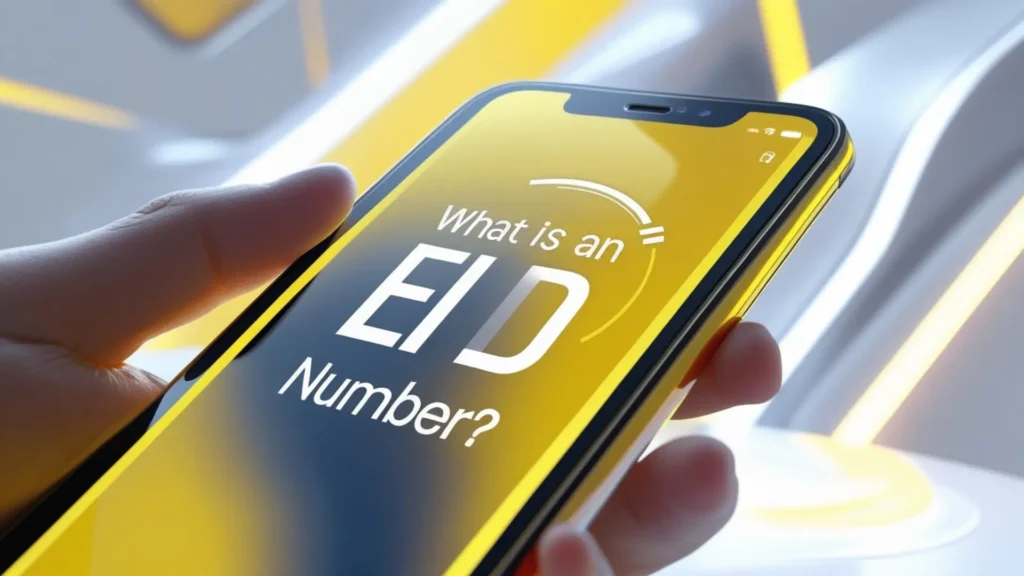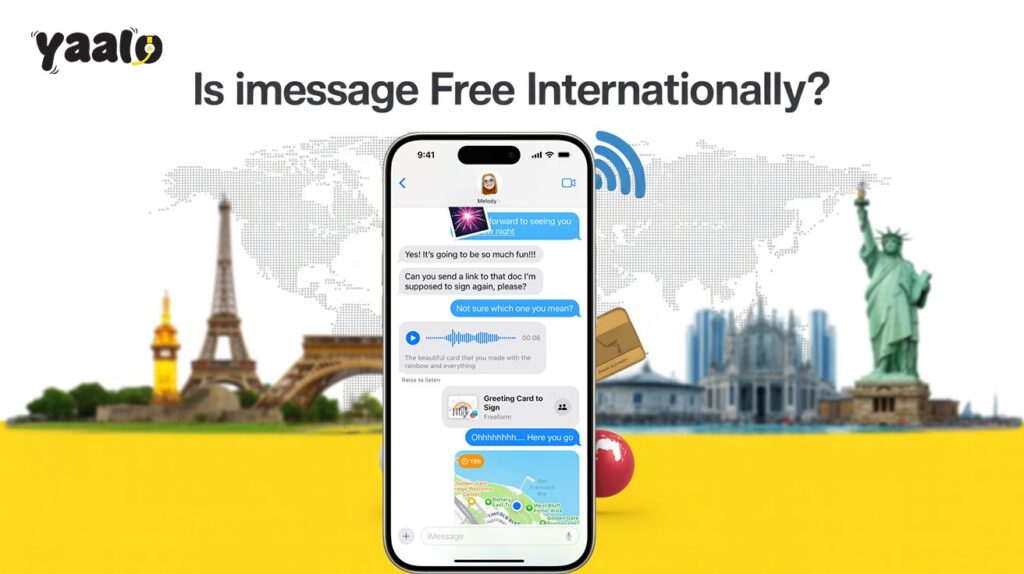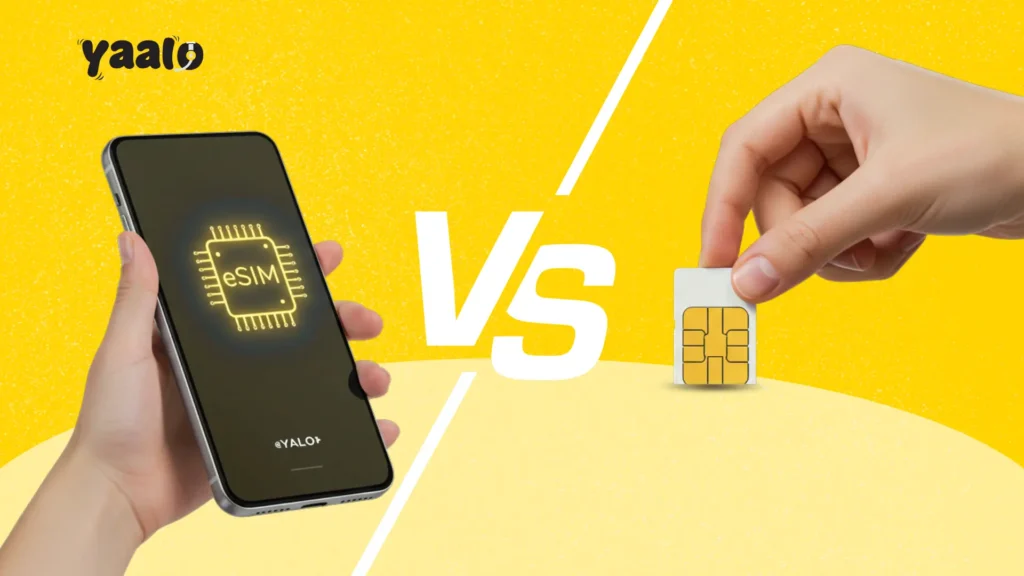What is an EID number? Importance, Benefits, & Key Differences!
What is an EID number? People who are familiar with eSIM technology might know this term. What it is, and why it is important. EID is the eSIM central number that ensures its seamless connectivity. It helps your provider to identify your device. Moreover, what are its functionalities, and where can you find it on your device? This article is all about your queries related to the eSIM EID number. What is an EID number? EID or Embedded identify document is a 32-digit number that is encoded into the devices hardware by the manufacturer. The number identifies your device’s eSIM compatibility. Similar to an IMEI number of the physical SIM card, EID is unique for each device. It is a digital footprint that securely connects your device with the authenticated mobile network. It helps to make worldwide communication secure, flexible and easier. Why EID number is important? EID number ensure the smooth function of eSIM technology. Some important functions it performs include. How to find the EID number from your device? EID number found in all devices that support embedded SIM. You can easily find it whether using Android or iPhone. Sometimes, the number is mentioned on the device’s packaging, but if it’s not, you can find it in your device settings. Follow the given steps to find the EID number from your device settings. Android EID Number If your device supports eSIM, it will clearly be mentioned in the Android settings. iPhone EID Number Through USSD Code You can access the EID number with a USSD code. Dial *#06# in the dial bar and tap the enter button. Your device will display the IMEI and EID number of the device. Apple Watch EID Number Like smartphones, you can find the Apple watch EID number. Benefits of EID Number As I mentioned, the EID number helps in the smooth working of your device. Some other benefits of EID numbers include. EID VS IMEI Number: Key Difference EID and IMEI are numbers that belong to mobile phones. Both numbers are unique to each device. Conclusion EID is the central part of eSIM technology that ensures its smooth connectivity. The detailed knowledge about an EID number helps you to maximize eSIM benefits. You can enhance the flexibility and convenience of your internet connection. This article is a comprehensive guide for eSIM and other tech users to know how EID is a valuable asset for your eSIM. FAQs



